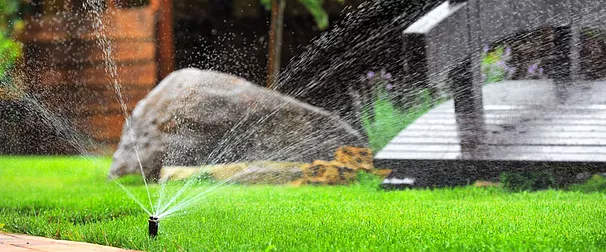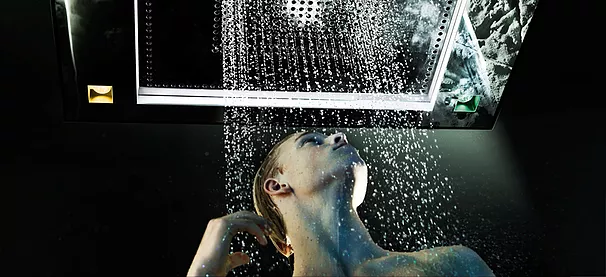
Leaks from pipes, plumbing fixtures and fittings are a significant source of water waste for water utilities and the residential customer. Research has shown that the typical home loses 2,000 to 20,000 gallons (7.6 m3 to 76 m3) of water per year due to leaks. Some leaks are readily apparent, such as dripping faucets and leaking water heaters.
Unfortunately, many leaks go undetected for years because the source of the leak is not visible. When leaks are hidden, the water escapes undetected, such as toilet flapper valves and cracked water supply lines. Individually or collectively, the leaks in a single home can easily waste thousands of gallons of water each year; costing money to both the water customer and the utility.
The true cost of leaks has been somewhat misrepresented in the past. Most water conservation literature informs customers the value of fixing the leak can be calculated by multiplying the water volume of the leak -times the per-unit cost of the water, as charged by the water utility. In fact, many water meters do not register water usage unless the leak exceeds one pint per minute, or 360 gallons (1.3 m3) per day. This allows more than 100,000 gallons (378.4 m3) per year to slowly pass through the meter without garnering revenue for the water utility.
A comprehensive approach must be used to detect leaks from all the household’s appliances, fixtures, or fittings. Read this article and find an overview of different methods that can be employed. http://www.allianceforwaterefficiency.org/Household_Leaks.aspx
CostWatch installs monitoring equipment to measure water use and identifies either constant or abnormally high water use, outside of usual patterns. CostWatch can detect leaks as small as 0.1 gallons per minute within 24 hours and alert of large leaks within 10 minutes, via email.
With onsite battery back-up and utilizing the robust cellular network, CostWatch Leak Detection provides accurate and reliable peace of mind.









